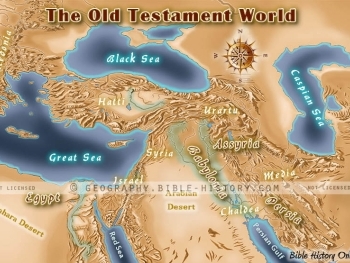Education and the role of philosophers held significant importance in the ancient Greek and Roman societies.
In ancient Greece, education was highly valued, and it aimed to develop well-rounded individuals. Greek philosophers, such as Socrates, Plato, and Aristotle, played a crucial role in shaping the educational landscape. They believed in the pursuit of knowledge, critical thinking, and the development of moral virtues. Philosophers were seen as teachers and guides who imparted wisdom and knowledge to their students.
Similarly, in ancient Rome, education was highly regarded, particularly among the elite classes. Roman education encompassed a wide range of subjects, including literature, philosophy, rhetoric, and mathematics. Philosophers, such as Seneca and Marcus Aurelius, played significant roles in Roman society as moral guides, advisors to emperors, and influencers of intellectual thought.
Both the Greeks and Romans believed that education should foster intellectual and moral development. They emphasized the importance of cultivating virtues, acquiring knowledge, and developing skills that would benefit individuals and society as a whole. Philosophers were respected for their wisdom and were seen as mentors who guided individuals toward a virtuous and meaningful life.
The ancient Greeks and Romans recognized the transformative power of education and the guidance provided by philosophers in shaping individuals' character, intellect, and understanding of the world. Their views on education and the role of philosophers left a lasting impact on subsequent educational systems and philosophical traditions.












